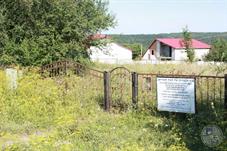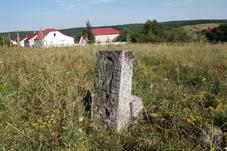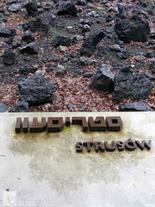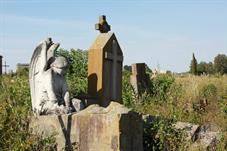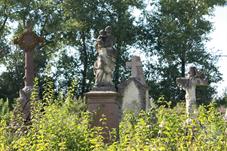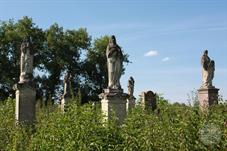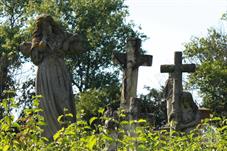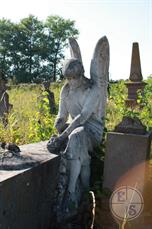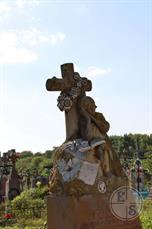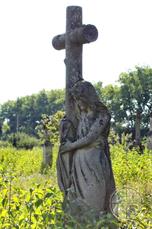Strusiv
Ternopil district, Ternopil region
Sources:
- Jewish encyclopedia of Brockhaus & Efron
- Russian Jewish encyclopedia
- European Jewish Cemeteries Initiative
Photo:
- Eugene Shnaider
- Jewish encyclopedia of Brockhaus & Efron
- Russian Jewish encyclopedia
- European Jewish Cemeteries Initiative
Photo:
- Eugene Shnaider
Strusiv (ukr. Струсів), the village in Ternopil region. In the 19th - early 20th centuries - in the province of Galicia in Austria-Hungary. In 1919–39 - as part of Poland, in 1939–91 - the Ukrainian SSR.
The first written mention is in 1434 as a Pidbohorodche. From the beginning of the 16th century town was called from the name of the new owners - Strusiv. During this period, a castle was built above the tract of the damn deb.
In 1610, the owner of the town Nikolai Strus received Magdeburg law and royal privilege to hold two fairs. On March 17, 1771, Struzov received a second confirmation of Magdeburg law.
At the end of the XVIII century the noblecomers Lyantskoronski sorted out the remnants of an abandoned castle and built a manor out of its material.
The first written mention is in 1434 as a Pidbohorodche. From the beginning of the 16th century town was called from the name of the new owners - Strusiv. During this period, a castle was built above the tract of the damn deb.
In 1610, the owner of the town Nikolai Strus received Magdeburg law and royal privilege to hold two fairs. On March 17, 1771, Struzov received a second confirmation of Magdeburg law.
At the end of the XVIII century the noblecomers Lyantskoronski sorted out the remnants of an abandoned castle and built a manor out of its material.
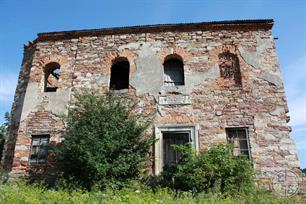 |
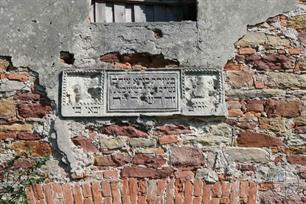 |
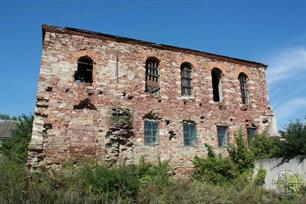 |
| Great synagogue, XVIII century | "This is the gates of the Lord, the righteous will enter them" Teilim, 118:20 |
The first records about the Jews in Strusiv relate to the first half of the 17th century.
119 Jews were inhabitants of the town in 1765.
The Jews were mostly involved in leasing and trade.
In the late 18th century, the Jewish community became independent. The first rabbi of Stusiv was Mendel-Pinkhas bar Eliezer Shapiro Mlantzot.
In 1880, the Jewish population reached 559 (20,8% of the total population).
By 1900, this figure grew to 735 (25,9% of the total population) and dropped to 579 (24% of the total population) in 1921.
Hassidism was present in the town.
119 Jews were inhabitants of the town in 1765.
The Jews were mostly involved in leasing and trade.
In the late 18th century, the Jewish community became independent. The first rabbi of Stusiv was Mendel-Pinkhas bar Eliezer Shapiro Mlantzot.
In 1880, the Jewish population reached 559 (20,8% of the total population).
By 1900, this figure grew to 735 (25,9% of the total population) and dropped to 579 (24% of the total population) in 1921.
Hassidism was present in the town.
 |
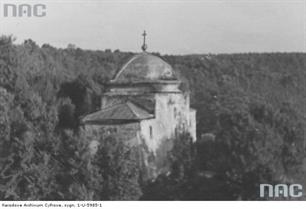 |
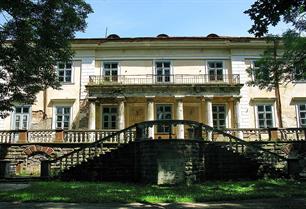 |
| Chapel St. Nikolas | Palace of Lyantskoronski, photo from Wikipedia | |
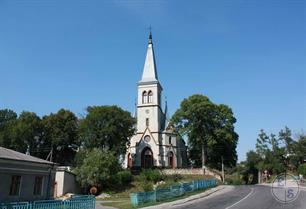 |
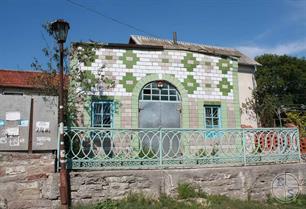 |
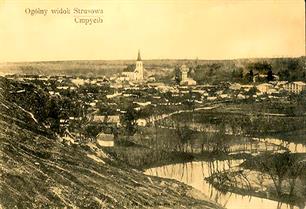 |
| Church of St. Anthony, 1903, neogotik | Soviet time building | Panorama of Strusiv, beg. XX cent. |
After the German invasion in 26.07.1941, Ukrainian nationalists immediately killed six Jews.
In August 1942, the Nazis were killed by another 20 people, 646 were deported to the Belzhets death camp. The remaining 322 people were transferred to Terebovlya. Some of them were taken out by Belzhets, the remaining died in April - June 1943 during the liquidation of the Terebovlya ghetto.
In 1943, in the vicinity of Struzov, another 125 Jews were found and killed.
In August 1942, the Nazis were killed by another 20 people, 646 were deported to the Belzhets death camp. The remaining 322 people were transferred to Terebovlya. Some of them were taken out by Belzhets, the remaining died in April - June 1943 during the liquidation of the Terebovlya ghetto.
In 1943, in the vicinity of Struzov, another 125 Jews were found and killed.
The connoisseurs of sculptures will be interested in walking around the old Catholic cemetery. There are very beautiful monuments.

- Home
- Shtetls
- Vinnytsia region
- Volyn region
- Dnipro region
- Donetsk region
- Zhytomyr region
- Zakarpattia region
- Zaporizhzhia region
- Ivano-Frankivsk region
- Kyiv region
- Kropyvnytskyi region
- Luhansk region
- Lviv region
- Mykolayiv region
- Odessa region
- Poltava region
- Rivne region
- Sumy region
- Ternopil region
- Kharkiv region
- Kherson region
- Khmelnytskyi region
- Chernihiv region
- Chernivtsi region
- Cherkasy region
- Crimea
- Synagogues
- Cemeteries
- Objects & guides
- Gallery
- History
- Contact
Jewish towns of Ukraine
Jewish towns of Ukraine
My shtetl
My shtetl
Donate
